As many of you know, October is Breast Cancer Awareness Month. We wanted to share a post on the history of the beginnings of this amazing initiative to drive awareness for breast cancer.
Every October, America seems to become awash with the color pink. Businesses, sports teams, non-profit organizations, and media outlets use the color to show their support for National Breast Cancer Awareness Month, and it can seem as though there are pink ribbons on every t-shirt or cereal box. Although there is much controversy about how much of the money raised through these pink campaigns actually goes to research, curing and treating the disease weren’t always an international focus.
In fact, someone dies of breast cancer every 60 seconds and it is one of the most common cancers, and yet women, their doctors, and society barely acknowledged the disease publicly until the latter half of the 20th Century. Over the last 50 years, breast cancer has developed in the public sphere from a disease rarely discussed and quietly treated with radically invasive procedures to a cause for which over 6 billion dollars are raised annually. At one time, women who found malignant lumps received total mastectomies no matter the size, and were encouraged to keep their fight with breast cancer private. However, through the 1970’s feminist and women’s health movements, prominent women like Shirley Temple and Julia Child began speaking about their experiences with breast cancer. Over time, the publicity led to increased research for the disease and advances in treatment.
After red ribbons became a symbol of support for AIDS research in the 1980’s, an activist trying to garner support for breast cancer research in her own community began using pink. Although she refused initial partnerships with Estee Lauder and Self Magazine because she thought them to be too commercial, by the early 1990’s the companies and the Susan G. Komen Foundation had popularized the color as a widely recognized symbol of breast cancer awareness.
Think Before You Pink
Breast Cancer Action explains that not very little money actually goes to breast cancer research from pink products. For example, a Yoplait yogurt with a pink ribbon not only requires you to mail in your yogurt lid before they donate, but they limit their donation to 10 cents per lid. In other words, a customer would have to eat 100 yogurts- and send in every lid- to donate $10 to breast cancer research. “Pinkwashing” is the term that has often been used to describe the use of the pink ribbon symbol as a marketing technique either resulting in only minimal support for breast cancer research or for a product that contains materials that have been linked to breast cancer. For example, shampoos or cosmetics including parabens have often come under the scrutiny of organizations such as Breast Cancer Action because parabens have been deemed carcinogens linked to breast cancer.
Not every cancer research foundation is created equal, as the percentage of donations that actually make it to research labs and the type of research supported can vary widely by organization or foundation. If you want to support breast cancer research, do your own research on the companies or organizations you plan to support and how they are supporting the cause. Websites like Charity Navigator (charitynavigator.org) and Guide Star (guidestar.org) can help consumers and donors get a better idea of where donations go in an organization. We’re proud to have selected partners who are known for making a large impact and we will continue to do so as we grow!
Tips for Women
The breast cancer awareness movement is hugely visible throughout October, but many women don’t actually take the time to educate themselves about the disease. Breast cancer doesn’t often have noticeable symptoms in its early stages, so it is important to follow screening guidelines and know what to look for during regular monitoring. The American Cancer Society (ACS) acknowledges that certain risk factors such as being female, age, family history, race, certain breast conditions, and genetics are unavoidable. However, the ACS also lists lifestyle factors like alcohol abuse, being overweight, a lack of physical activity, certain contraceptives, and hormone therapy as those that women should keep in mind as potentially raising their risk of breast cancer. Additionally, experts recommend staying aware of how one’s breast tissue normally looks and feels, so any changes can be brought to medical attention early. Changes to look for include: lumps, swelling, changes to skin color, changes to skin temperature, itching, and pain.
For women over 40 with an average risk of breast cancer, a mammogram is an important way to make sure the disease is caught early. Between ages 40 and 55 it is recommended that women receive a mammogram annually, but for most women above the age of 55, this recommendation decreases to once every two years. The American Cancer Society, the Mayo Clinic, and several other organizations and hospitals outline what women should expect from a mammogram, how to schedule one, and what to do to prepare.
Recent Breakthroughs
Despite the warranted criticisms of “pinkwashing”, the billions of dollars that go to breast cancer research each year have had a profound effect on the expert knowledge, technology developments, and treatments for the disease. Advances in engineering and imaging have developed a new technique of detecting cancerous cells, a new breast cancer bra that can be worn during radiation is said to improve the results and accuracy of treatment, and a new nanotechnology has so far appeared to stop the spread of cancer cells in mice and could likely lead to the use of tiny, manmade particles to battle cancer. In the year 2016, a new combination of drugs was shown to dramatically shrink cancer tumors, scientists have gotten close to developing a blood test to detect breast cancer, and five new breast cancer genes were discovered. These examples only scratch the surface of what 6 billion dollars of annual donations and the work of countless activists, researchers, and doctors have made possible this year.
It is easy to watch the pink of October come and go each year without much of a thought. It’s easy to donate, buy a product, run a 5k, and overlook what National Breast Cancer Awareness Month really means. Be aware of risk factors and symptoms take care of your body, and encourage your mothers, sisters, spouses, friends, and daughters to do the same. Be aware of where your money is actually going when you donate or buy “pink”. Be aware of the preventative, education, and treatment resources available to women in your community. Most of all, be aware of these things not just in October but all year round, because an estimated 30,000 new cases of breast cancer are diagnosed each year in the United States and only through awareness and informed action can the disease be stopped.
We hope that you have found this post informative. Care+Wear designs innovative healthwear and we are proud to be a part of the team focused on helping patients get back to living their lives. If you have any questions, comments or would like to see any further posts written, please don’t hesitate to reach out to us!

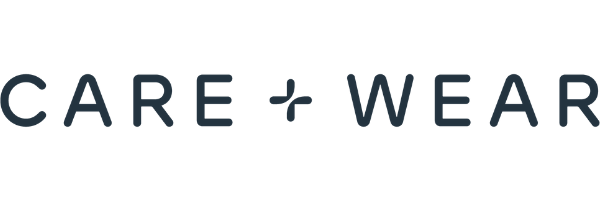

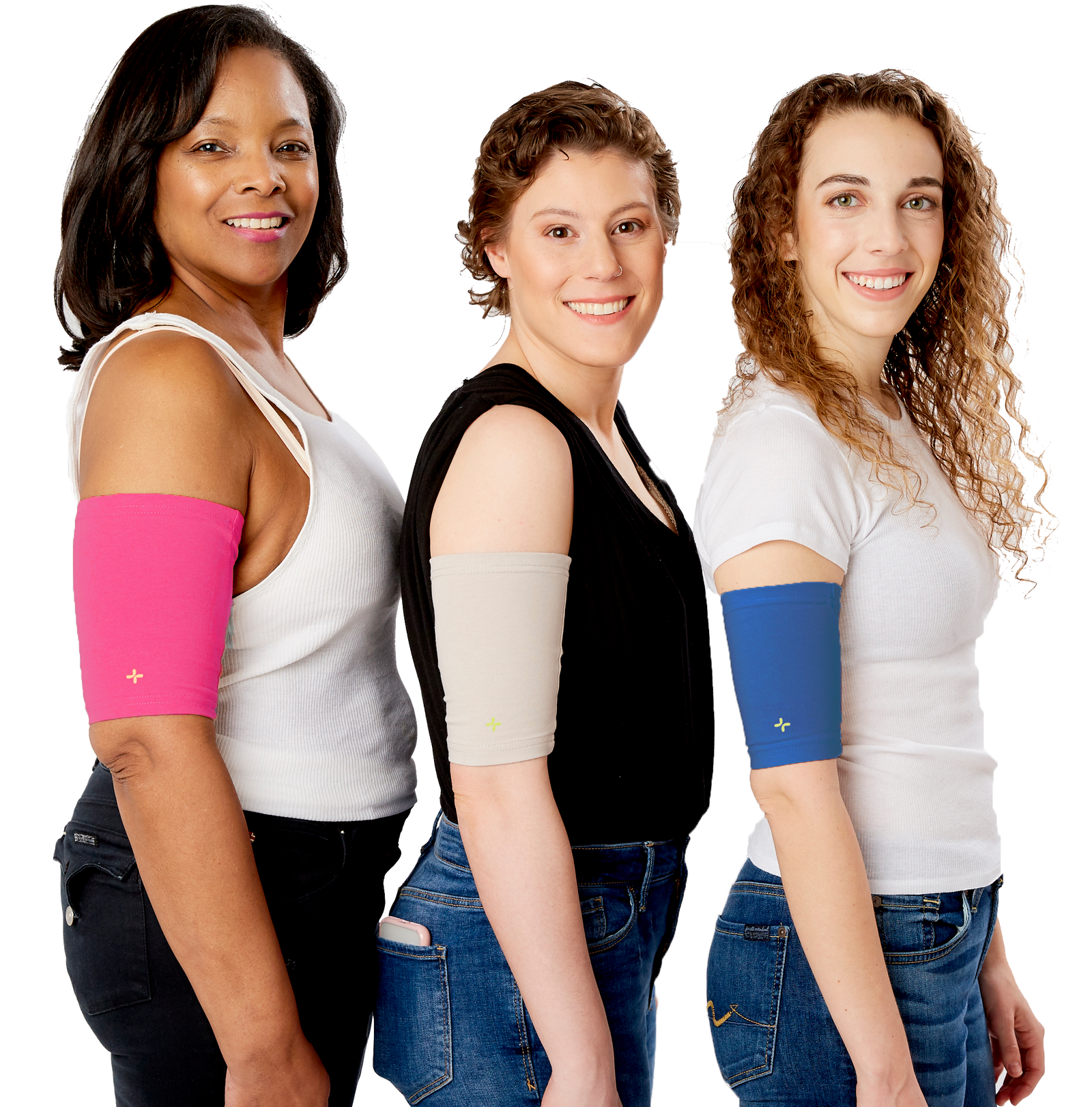



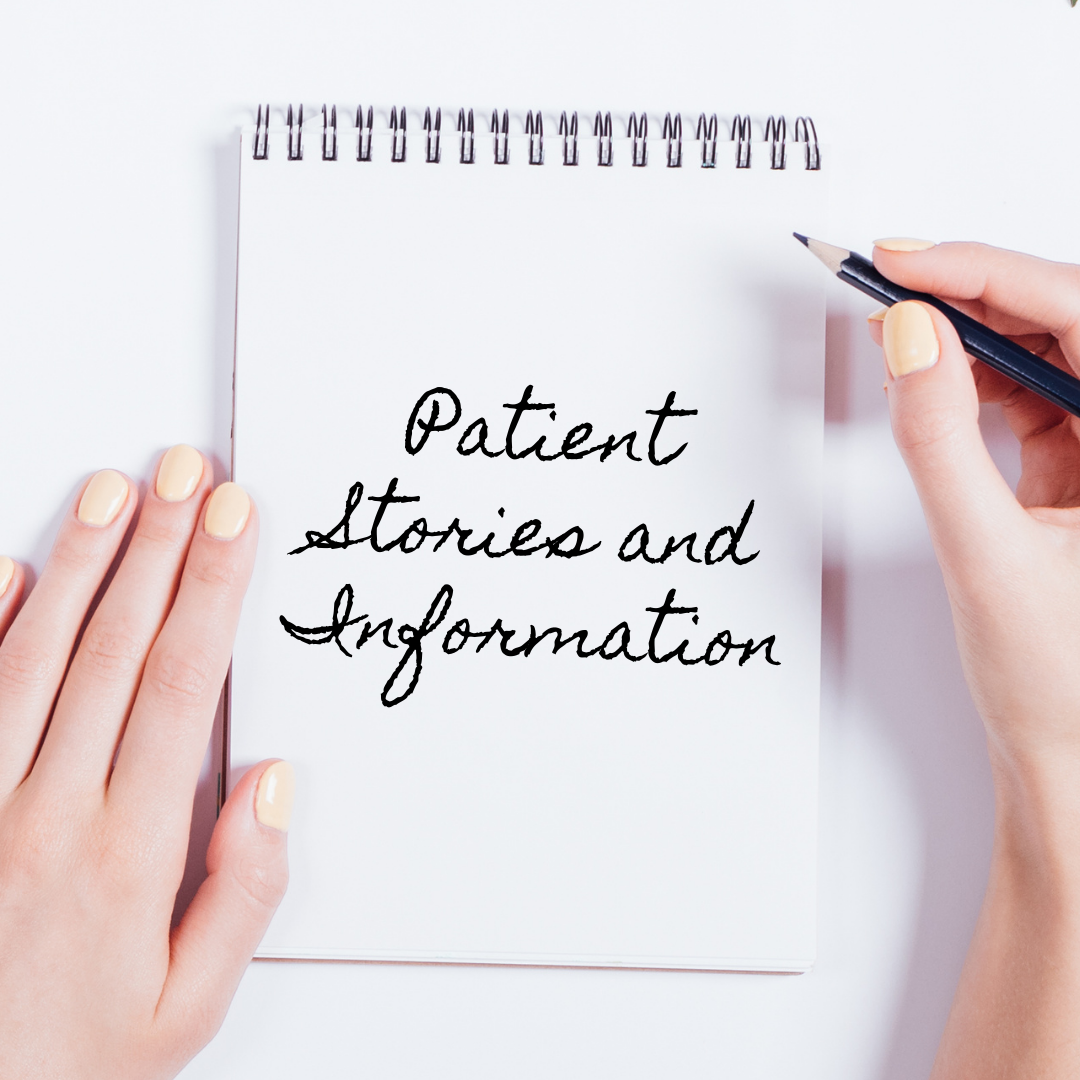
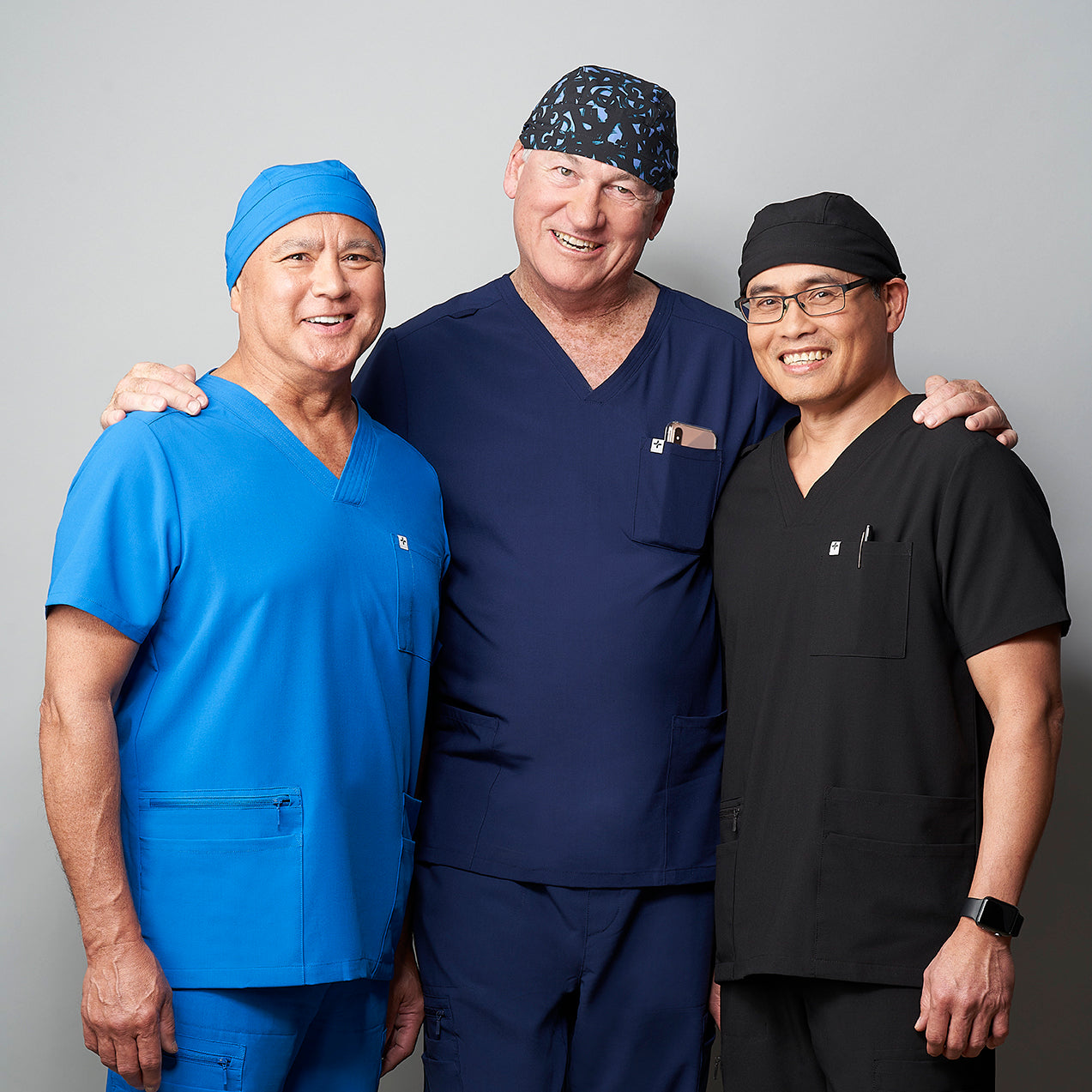
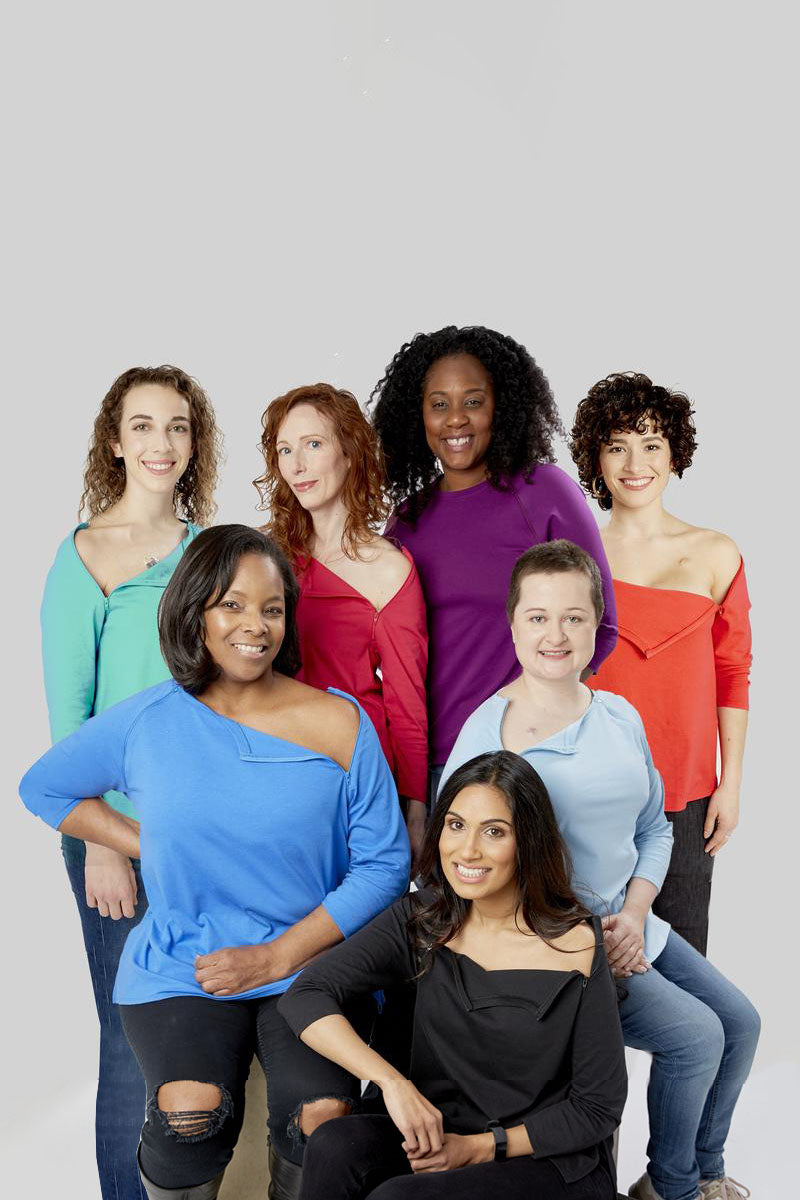
Leave a comment (all fields required)